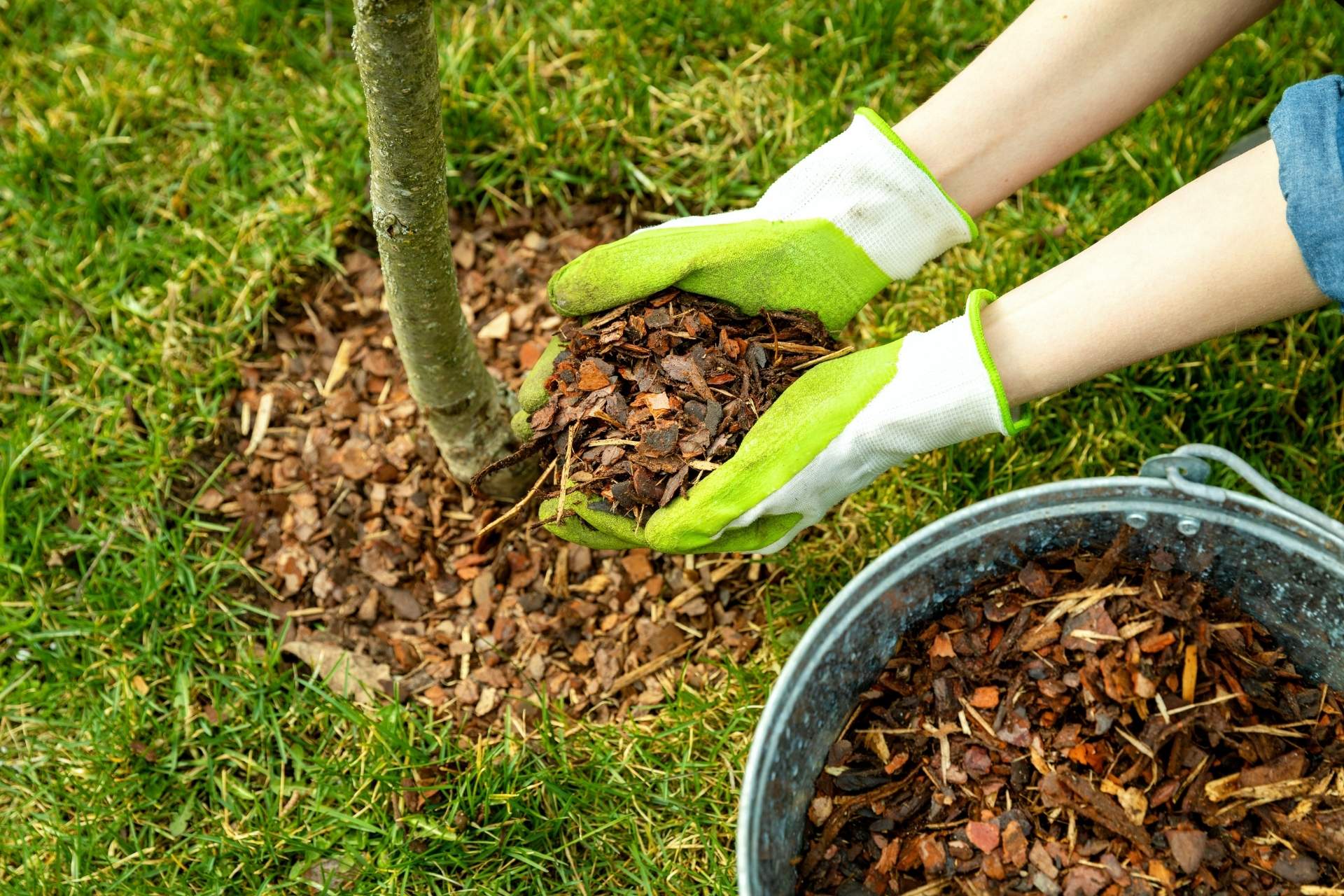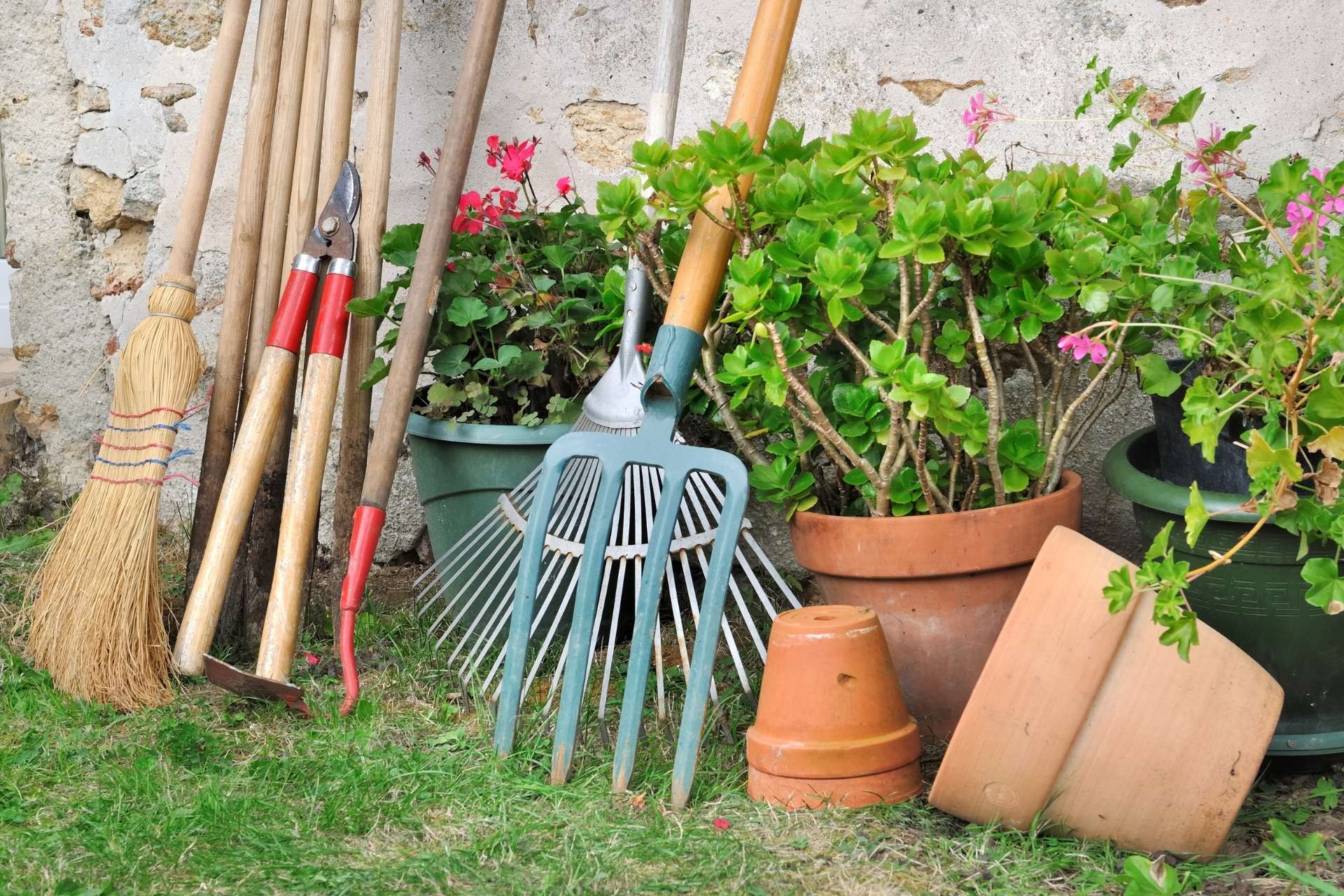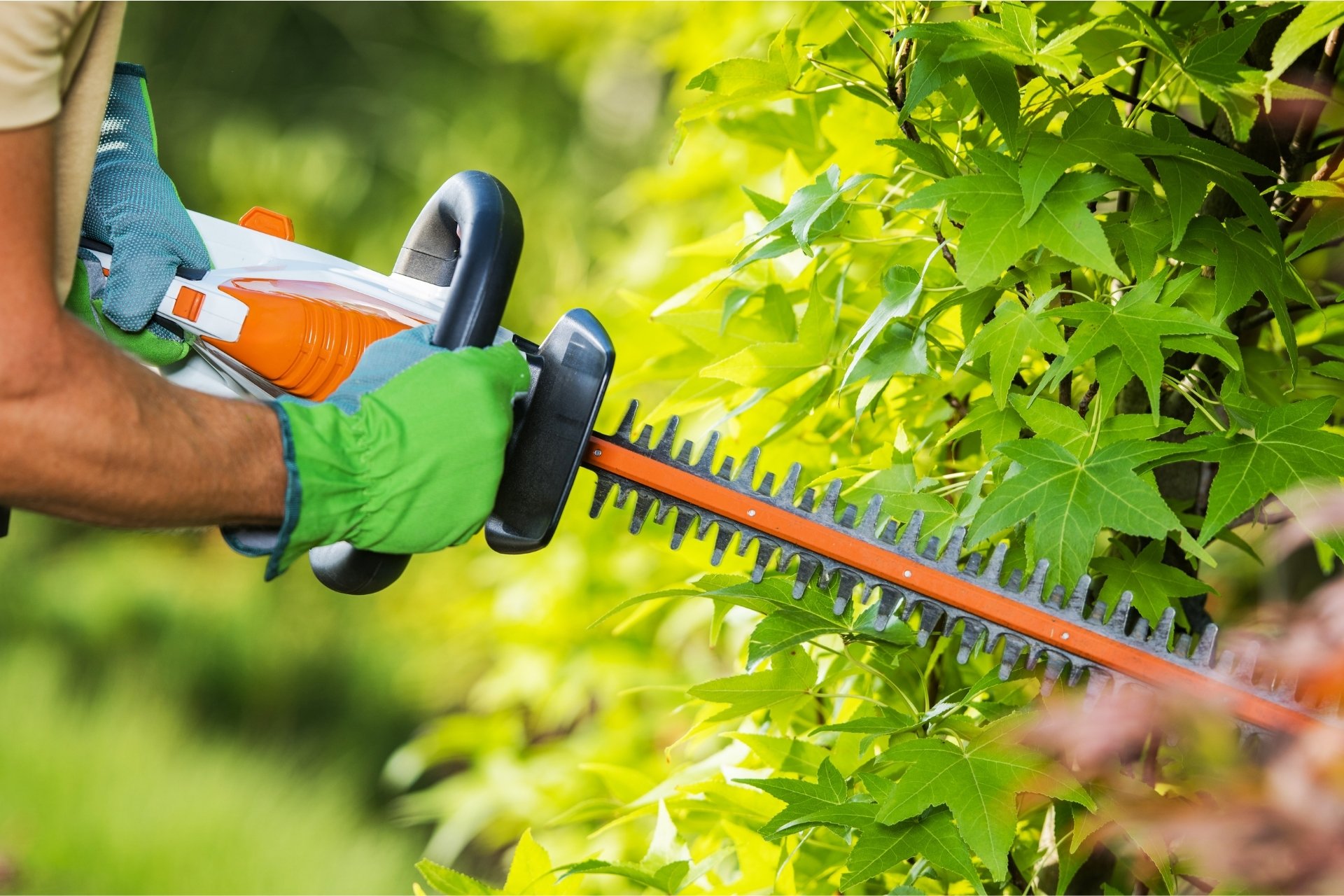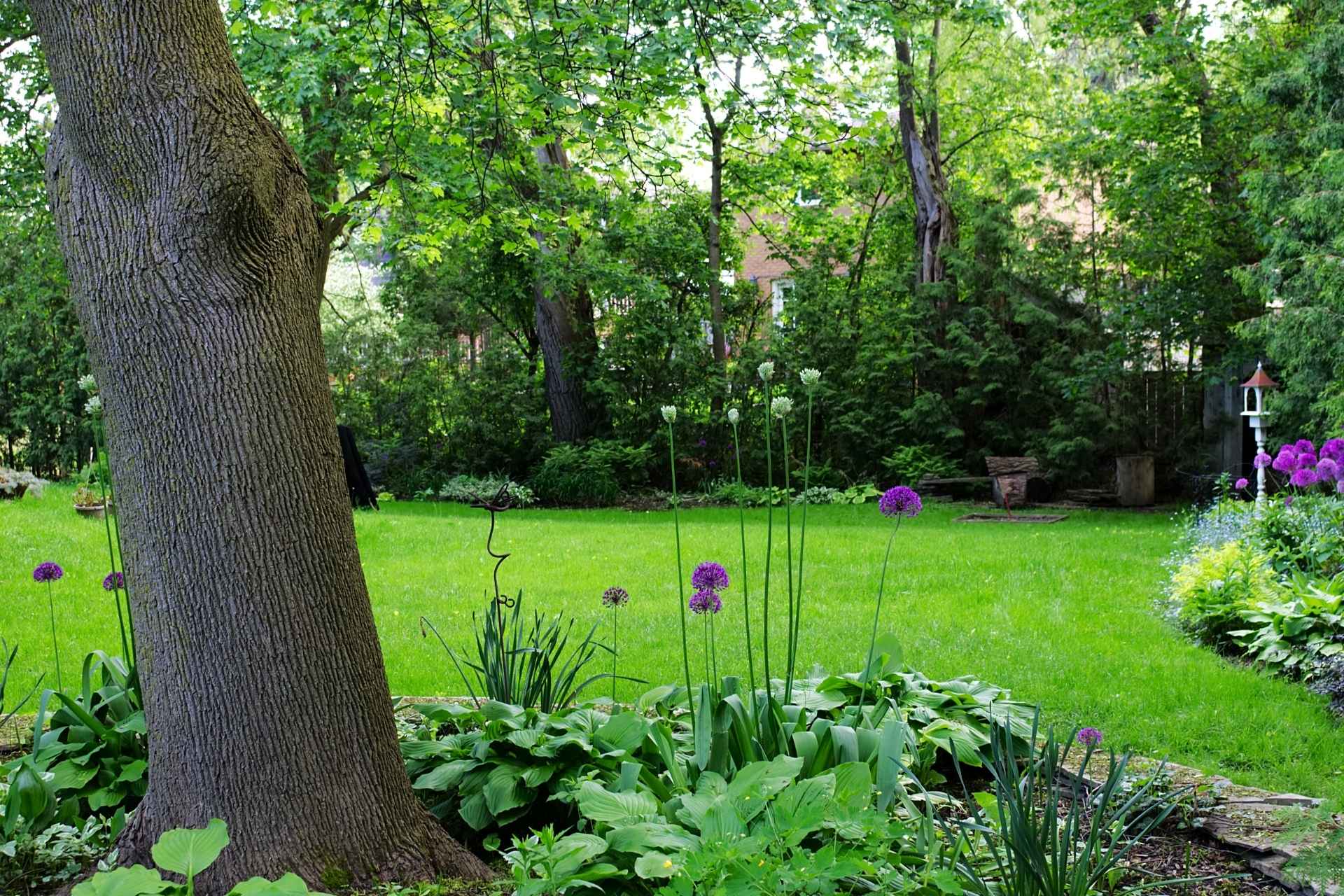Mulching for Moisture Retention and Weed Control

When it comes to nurturing lawns and garden beds in the Illawarra, mulching is a strategy we champion for its multiple benefits. In a region where rainfall patterns, soil type, sun exposure, and seasonal temperature swings all play a role in plant health, the right mulch can make a huge difference in moisture retention, suppressing weeds, and improving soil structure.
In this guide, we’ll unpack why mulch works so well here, which organic mulches suit Illawarra conditions best, and how to apply and maintain mulch for optimal performance.
Why Mulch Matters in the Illawarra Climate
Understanding Illawarra’s Climate and Soil Challenges
The Illawarra coast and hinterland experience a temperate, maritime-influenced climate, with reasonably high humidity, moderate rainfall, and the occasional dry spells. Gardens here often confront:
- Seasonal dry stretches (especially in late summer or prolonged heat)
- Periodic heavy downpours which encourage surface run-off and erosion
- Soils that may vary from sandy loams to clayey bases, with varying drainage
- Weed pressure in disturbed soils or bare patches
- Evaporative stress on plant roots due to sun, wind, and exposure
In such a setting, mulch becomes a frontline defence.
Mulch for Moisture Retention
Mulch adds a protective layer over the soil, reducing direct solar heating and wind evaporation. This moderates soil temperature and cuts down on moisture loss from the topsoil. The result:
- Slower evaporation in the warmer months
- Better soil moisture stability during dry periods
- Reduced irrigation needs, saving water and cost
- Protection of root systems from heat stress
Especially for newly planted shrubs, trees, or lawn edges, maintaining that moisture balance is critical to establishment.
Mulch for Weed Control
By shading the soil surface and physically blocking light, mulch suppresses the germination and growth of many common weeds.
Some of the top benefits:
- Reduced competition for water and nutrients
- Fewer weed seeds making it to the light required to sprout
- Less time spent weeding, reducing labour demands
- Enhanced aesthetic uniformity in garden beds
For commercial sites, especially, effective weed suppression translates into lower maintenance overhead and a tidier visual outcome.
Best Organic Mulch Types for the Illawarra
Not all mulches are created equal — for local gardens, we recommend organic options that also improve soil health over time. Here are our top picks:
1. Wood Chip / Bark Mulch (Eucalyptus, Hardwood)
Pros:
- Readily available from local arborists
- Long-lasting (slow to break down)
- Good insulation effect
- Adds organic matter gradually
Cons / Considerations:
- May temporarily tie up nitrogen as they decompose — apply fertiliser or “charge” the mulch surface if needed
- Coarser chips may allow some light through if layer is thin
2. Pine Bark / Pine Fines
Pros:
- Uniform texture, good coverage
- Decomposes more evenly
- Good moisture retention
Cons / Considerations:
- More acidic than hardwood, so monitor soil pH if used extensively
- Can compact if very fine — better when mixed or fluffed
3. Leaf Litter / Leaf Mulch (Whole Leaves or Shredded)
Pros:
- Freely available from native gardens
- Excellent for improving soil structure and microbiology
- Breaks down relatively quickly, adding nutrients
Cons / Considerations:
- Requires more frequent replenishment
- Leaf piles should be shredded or laid loosely to avoid matting
4. Sugar Cane or Straw (For Vegetable Beds / Soft Landscaping)
Pros:
- Lightweight, easy to handle
- Good for delicate plants
- Decomposes comparatively quickly, which can feed soil
Cons / Considerations:
- Must ensure weed seeds in straw are clean (weed-free)
- Often less durable during heavy rain or strong winds
5. Compost / Well-Cured Green Waste
Pros:
- Delivers nutrients as it breaks down
- Improves soil microbial life
- Best used as a top dressing over firmer mulches
Cons / Considerations:
- More prone to slumping or being washed away unless anchored
- Less effective as a weed barrier unless applied thickly
Tip: A layered approach (e.g. compost top dressing over wood chips) can combine the advantages — weed suppression, moisture retention, and soil feeding.
Correct Mulch Depth & Reapplication Timing
To reap the full benefits of mulch Illawarra-style, the depth and maintenance schedule are just as crucial as choosing the material. Here's how to do it right.
Ideal Mulch Depths
Getting the depth right is one of the most important parts of mulching effectively. In the Illawarra’s variable climate, the correct thickness helps you retain moisture, suppress weeds, and protect plant roots without suffocating the soil.
Here’s a guide to the ideal mulch depths for different areas of your garden:
- Garden beds and shrub zones: Apply mulch about 50–75 mm thick. This depth keeps moisture in the soil, prevents weeds from sprouting, and allows enough airflow and rainfall to reach the roots.
- Under shrubs and around tree bases: Go a little deeper — around 75–100 mm at the outer edge, tapering the layer as you move closer to the trunk. Always leave a 50 mm gap around stems and trunks to prevent rot and pest issues.
- Vegetable gardens or light mulches (e.g. straw or sugarcane): Keep it lighter at 25–50 mm. These materials decompose quickly and can hold too much moisture if laid too thickly, especially during Illawarra’s humid months.
Pro tips:
- Anything thinner than 30 mm won’t block enough light to stop weed growth.
- Layers deeper than 100 mm can restrict oxygen flow and lead to waterlogging or fungal problems.
By keeping your mulch within these ranges, you’ll get the perfect balance of moisture retention, weed control, and soil health — essential for thriving Illawarra gardens year-round.
Mulch Application Steps
- Prepare the area by weeding thoroughly and ensuring the soil is moist (not waterlogged).
- Edge or barrier installation (if desired) helps contain the mulch.
- Lay the mulch from the soil surface outward, keeping the base of stems/trunks clear (~50 mm gap).
- Lightly water the mulch to settle it in.
When to Replenish or Reapply
Mulch is not a “set and forget” solution — it breaks down, compacts, and moves. In Illawarra conditions, reapplication timing is key:
- Semi-annual refresh: Inspect mulch in spring and late summer. Top up or rake lightly to maintain effective depth.
- Annual bulk reapplication: Every 12–18 months, remove any degraded top layer and replace or top up fresh mulch.
- Post-storm top-up: Heavy rain or wind may displace mulch; check and refill where needed.
- After soil improvement work: If you’ve done soil amends, planting or remediation, re-mulch freshly.
When topping up, lightly fluff existing mulch rather than compacting, and avoid burying perennials too deeply in the process.
Illawarra-Specific Tips & Best Practices
- Combating slope run-off: On sloping garden beds common around the Illawarra hillsides, use coarser wood chips or incorporate straw netting to reduce wash.
- Mulch “breaks” around plants: Leave small gaps (20–50 mm) around trunks to prevent fungal rotting in humid conditions.
- Edge strip for grass interfaces: Use a defined edge (metal or timber) to stop mulch drifting into turf or lawn zones.
- Complement with irrigation timing: Even with mulch, plan watering schedules — mornings are best, and deep soakings help roots extend below the mulch layer.
- Match mulch to plant type: For acid-loving natives, pine bark may work well; for vegetables, straw or compost layers are more suitable.
- Avoid weed seed contamination: Purchase clean, weed-free mulch. For straw or cane mulch, confirm it’s certified or sourced from weed-clean stock.
Conclusion
Mulch is more than a cosmetic layer — for Illawarra gardens, it’s a powerful tool in our arsenal for moisture retention and weed control. With the right organic mulch, correctly applied and maintained, you can reduce irrigation, discourage weeds, and build healthier soil over time.
If you're ready to transform your garden beds, shrub borders or commercial landscape with a professional mulching strategy tailored to Illawarra conditions, reach out! At Brooksie’s Lawn Care & Maintenance, we deliver expert mulching, lawn care and garden services across the Illawarra region.
Request a quote today, and let us help you enjoy a greener, healthier outdoor space with less hassle.



